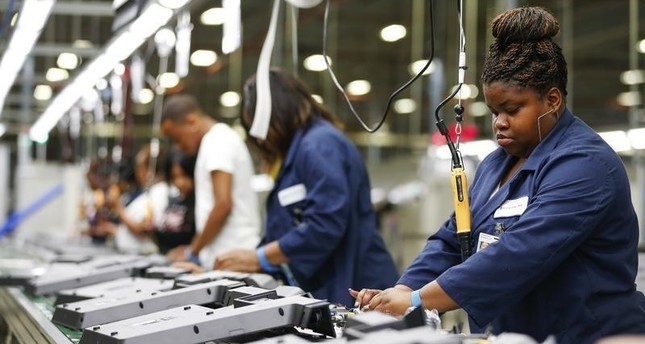Women across the economic spectrum are more vulnerable than men to losing their jobs to technology, according to a study released on Wednesday by the Institute for Women’s Policy Research.
Among the positions with more than a 90 percent chance of becoming automated were administrative assistant, office clerk, bookkeeper and cashier, all fields dominated by women.
“We’re already seeing some of that with tasks being replaced by computers,” said Chandra Childers, the study director and a senior researcher at the IWPR.
Drawing on data from the Bureau of Labor Statistics and research examining the possibility of automation based on current technology, the authors found that 58 percent of at-risk workers were women.
For every seven men in occupations with a 90 percent likelihood of automation, there are 10 women.
Researchers noted that while women work in the positions most likely to be automated, they also dominate those at lowest risk for automation, such a childcare and nursing.
These care positions tend to pay $20,000 to $25,000, an annual salary below the poverty line for a family of four and far less than the salaries of male-dominated positions that are not at risk of automation, including executives and legislators.

“We need a push to improve the quality of those jobs,” said Childers of care work.
The Bureau of Labor Statistics predicts a jobs increase of 7 percent between 2016 and 2026, and new jobs may be created for the displaced women, Childers said.
Another potential solution for women in at-risk positions would be training for higher-wage positions.
But for women already years or decades into their careers, skill building can be a challenge.
Taking care of children or aging parents, jobs that disproportionately fall on the shoulders of women, leave little time for training, said Childers.
The research does not predict how quickly office automation will take hold, but looks to the jobs where current technology makes automation possible.
Childers said the timeline will largely depend on customers and clients who interact with workers in these positions.
“If people get used to technology, the speed will increase,” she said, noting that customers were initially wary of self-checkout machines but now use them regularly.





